- When to sow gatsania, viola, and begonia seeds
- Gatsania seeds
- Viola seeds
- Begonia seeds
- Choosing the right depth for sowing gatsania, viola and begonia seeds
- Factors to Consider
- Recommended Depths
- Soil preparation for gatsania, viola and begonia seeds
- 1. Choosing the right soil
- 2. Soil amendment
- 3. pH level
- 4. Removing weeds and debris
- 5. Soil moisture
- 6. Seed depth
- Proper watering for gatsania, viola, and begonia seeds
- 1. Watering frequency
- 2. Watering method
- 3. Soil moisture level
- Providing adequate light for gatsania, viola and begonia seeds
- 1. Choose a sunny location
- 2. Use artificial lighting
- 3. Monitor light intensity
- 4. Maintain consistent lighting schedule
- 5. Rotate the plants
- Fertilizing tips for gatsania, viola, and begonia seeds
- 1. Choose the right fertilizer
- 2. Follow the instructions
- 3. Start fertilizing after germination
- 4. Apply fertilizer evenly
- 5. Water after fertilizing
- 6. Adjust fertilization as plants grow
- Pest control for gatsania, viola and begonia seeds
- 1. Remove debris and weeds:
- 2. Choose a proper location:
- 3. Use row covers:
- 4. Practice crop rotation:
- 5. Monitor and identify pests:
- 6. Use organic pest control methods:
- 7. Maintain proper watering and fertilization:
- 8. Keep the garden clean:
- Transplanting gatsania, viola and begonia seedlings
- Choosing the right time for transplanting
- Preparing the transplanting site
- Transplanting the seedlings
- Caring for the transplanted seedlings
- Questions and Answers:
- What is the proper depth for sowing gazania seeds?
- How deep should I sow viola seeds?
- What is the recommended depth for sowing begonia seeds?
- Is it necessary to cover gazania seeds with soil?
- Should I press viola seeds into the soil?
- Do begonia seeds require light to germinate?
- Can I sow gazania, viola, and begonia seeds at the same depth?
- Videos: Begonias -Growing from Seed
If you’re hoping to grow gazanias, violas, or begonias from seed, it’s important to know the proper depth for sowing the seeds to ensure successful germination and healthy plant growth. Each of these flowers has its own specific requirements when it comes to sowing depth, so it’s essential to follow the recommended guidelines to give your seeds the best chance of thriving.
Gazanias are beautiful, daisy-like flowers that can add a splash of vibrant color to any garden. These seeds should be sown at a depth of about ¼ inch (6 mm) in a well-draining soil. It’s best to press the seeds lightly into the soil and cover them with a thin layer of compost or vermiculite to protect them from drying out.
Violas, also known as pansies, are beloved for their cheerful, colorful blooms. When sowing viola seeds, a depth of about ⅛ inch (3 mm) is ideal. Gently press the seeds into the soil and cover them lightly with a thin layer of vermiculite. Viola seeds need some light to germinate, so be careful not to bury them too deeply.
Begonias are a popular choice for their showy flowers and vibrant foliage. These seeds should be sown at a depth of about ⅛ inch (3 mm) as well. Lightly cover the seeds with a thin layer of vermiculite or a fine compost to protect them and provide the necessary moisture for germination.
Remember, the proper sowing depth for gazania, viola, and begonia seeds is crucial for successful germination and healthy plant growth. Following the recommended guidelines will give your seeds the best chance at thriving and producing beautiful flowers for your garden.
When to sow gatsania, viola, and begonia seeds
If you want to have vibrant and colorful flowers in your garden, it’s important to know when to sow gatsania, viola, and begonia seeds. The timing of sowing seeds can greatly impact the growth and development of these plants, so it’s crucial to get it right.
Gatsania seeds
Gatsania, also known as trailing gazania, is a beautiful flower that can be easily grown from seeds. To ensure successful germination and growth, it’s best to sow gatsania seeds indoors about 8-10 weeks before the last frost date in your area. This will give the seeds enough time to establish healthy roots and foliage before transplanting them outdoors.
When sowing gatsania seeds, fill a seed tray with a well-draining potting mix. Scatter the seeds evenly on the surface, and lightly press them into the soil. Keep the tray in a warm and well-lit area, and make sure to water the seeds regularly to keep the soil moist. The seeds should germinate within 7-14 days, and the seedlings can be transplanted outdoors after the danger of frost has passed.
Viola seeds
Viola, also known as pansy, is a popular garden flower that can be easily grown from seeds. The best time to sow viola seeds is in late summer or early fall. This will allow the plants to establish a strong root system before winter and ensure early spring blooms. If sown in spring, the plants may not have enough time to develop before the arrival of hot summer temperatures.
To sow viola seeds, prepare a seed tray with a well-draining potting mix. Scatter the seeds on the surface of the soil and gently press them down. Keep the tray in a cool and well-lit area, and water the seeds regularly to keep the soil moist. The seeds should germinate within 10-14 days, and the seedlings can be transplanted outdoors once they have a few sets of true leaves.
Begonia seeds
Begonias are beautiful flowering plants that can be grown from seeds. The best time to sow begonia seeds is in late winter or early spring, about 10-12 weeks before the last frost date in your area. Sowing the seeds at this time will give them enough time to germinate and develop into healthy young plants before the start of the growing season.
To sow begonia seeds, fill a seed tray with a well-draining seed-starting mix. Scatter the seeds on the surface of the soil and cover them with a thin layer of the same mix. Keep the tray in a warm and well-lit area, and water the seeds regularly to keep the soil evenly moist. The seeds will usually germinate within 2-3 weeks, and the seedlings can be transplanted outdoors after the danger of frost has passed.
Remember to check the specific requirements for each type of plant, as individual varieties may have slightly different sowing guidelines. By sowing gatsania, viola, and begonia seeds at the right time, you can ensure healthy and beautiful plants that will brighten up your garden.
Choosing the right depth for sowing gatsania, viola and begonia seeds
Sowing seeds at the proper depth is crucial for the successful germination and growth of gatsania, viola, and begonia plants. The depth at which you sow the seeds will determine how effectively they can access air, water, and nutrients in the soil.
Factors to Consider
Several factors should be taken into account when determining the ideal depth for sowing seeds:
- Seed Size: The size of the seeds will dictate how deep they should be planted. Larger seeds generally require deeper planting compared to smaller seeds.
- Soil Type: The texture and composition of the soil can influence the depth at which seeds should be sown. Heavy or compacted soils may necessitate shallower planting, while loose or sandy soils may allow for deeper planting.
- Environmental Conditions: The prevailing environmental conditions, such as temperature and moisture levels, can affect seed germination. Some seeds may require exposure to light to germinate, in which case shallow planting is necessary.
Recommended Depths
The recommended depths for sowing gatsania, viola, and begonia seeds are as follows:
| Plant | Recommended Depth |
|---|---|
| Gatsania | 1/8 inch (3 mm) |
| Viola | 1/16 inch (1.5 mm) |
| Begonia | 1/4 inch (6 mm) |
It is important to note that these depth recommendations are general guidelines and may vary slightly depending on specific cultivars or regional growing conditions. Always refer to the seed packet or consult with a horticulturist for precise instructions.
In conclusion, choosing the right depth for sowing gatsania, viola, and begonia seeds plays a crucial role in their successful germination and growth. Consider the factors mentioned above and follow the recommended depth guidelines to ensure optimal conditions for your seeds.
Soil preparation for gatsania, viola and begonia seeds
Proper soil preparation is essential for the successful germination and growth of gatsania, viola, and begonia seeds. These plants have specific soil requirements that need to be met in order to support their development.
1. Choosing the right soil
Gatsania, viola, and begonia seeds thrive best in light, well-draining soil that is rich in organic matter. Avoid using heavy clay soils or sandy soils, as these may not provide the right balance of moisture retention and drainage.
2. Soil amendment
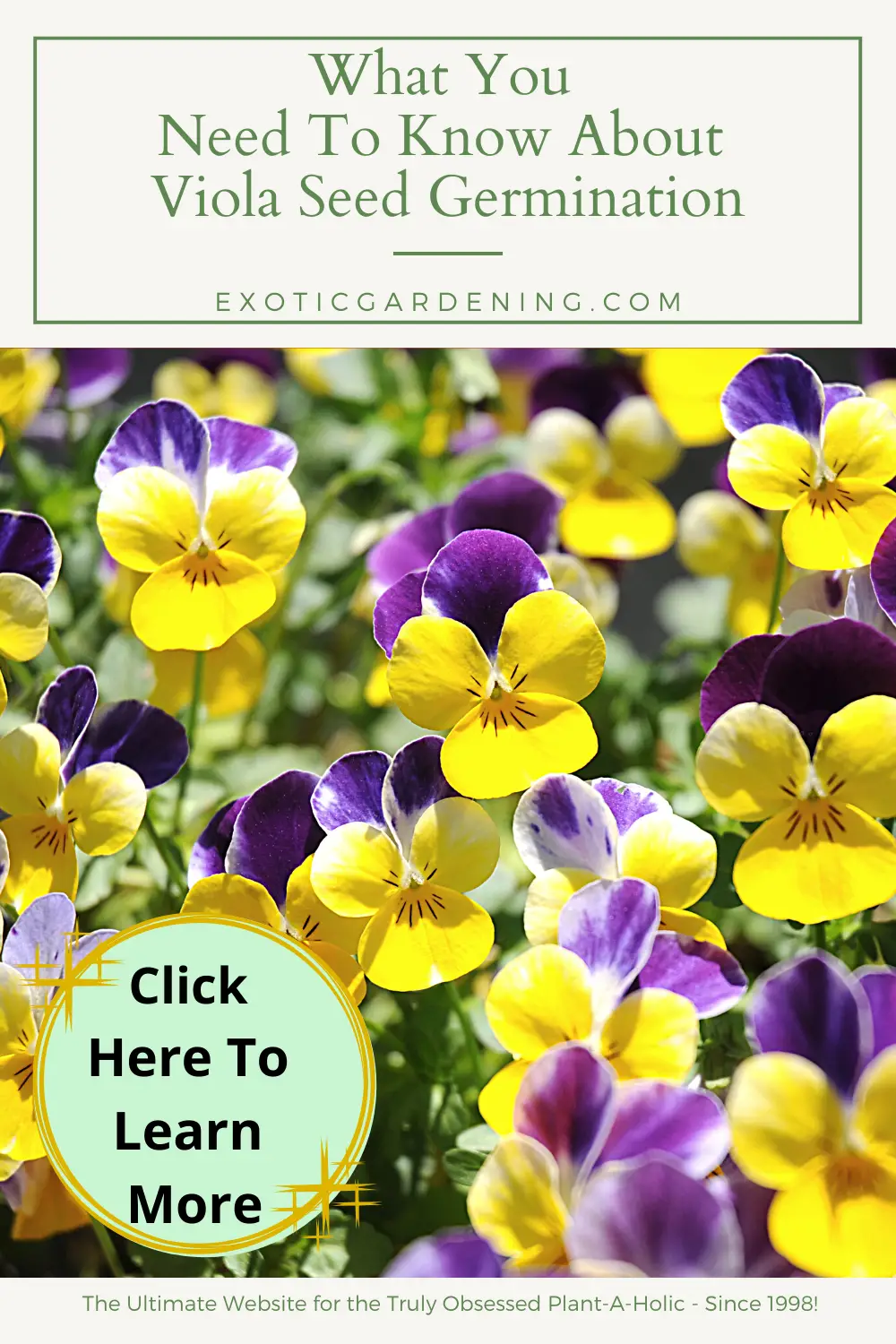
It is recommended to amend the soil with organic matter before sowing the seeds. This can be done by adding compost, well-rotted manure, or peat moss to the planting area. Organic matter helps improve soil structure, moisture retention, and nutrient availability.
3. pH level
Gatsania, viola, and begonia seeds prefer a slightly acidic to neutral soil pH. Test the soil pH using a soil testing kit and adjust it if needed. Adding lime can raise the pH if the soil is too acidic, while sulfur can lower it if the soil is too alkaline.
4. Removing weeds and debris
Prior to sowing the seeds, it is important to remove any weeds, rocks, or other debris from the planting area. Weeds compete with the young seedlings for nutrients and can hinder their growth.
5. Soil moisture
Ensure that the soil is evenly moist but not waterlogged before sowing the seeds. Overly wet soil can lead to seed rot, while overly dry soil may prevent germination. Water the soil thoroughly and allow it to drain before sowing the seeds.
6. Seed depth
Follow the specific seed depth requirements for each plant variety. Generally, gatsania seeds should be sown at a depth of 1/8 to 1/4 inch, viola seeds at a depth of 1/8 inch, and begonia seeds should be pressed gently into the soil surface without covering them.
By preparing the soil properly before sowing the seeds, you can provide the ideal growing conditions for gatsania, viola, and begonia plants and increase the chances of successful germination and growth.
Proper watering for gatsania, viola, and begonia seeds
Watering is a crucial step in the germination and growth process of gatsania, viola, and begonia seeds. Proper watering techniques will ensure the seeds receive the right amount of moisture, promoting healthy growth and development. Here are some guidelines for watering these seeds:
1. Watering frequency
Gatsania seeds: Water gatsania seeds immediately after sowing and then keep the soil consistently moist. This can be achieved by watering the seeds every day or every other day, depending on the weather conditions. Avoid overwatering as it can lead to seed and root rot.
Viola seeds: Viola seeds should also be watered immediately after sowing and then kept moist throughout the germination period. Watering once a day or every other day should be sufficient. As the seedlings grow, adjust the watering schedule based on the soil moisture levels and weather conditions.
Begonia seeds: Begonia seeds require a slightly different watering approach. Water the seeds immediately after sowing and then allow the soil to dry out slightly before watering again. This will help prevent overwatering and minimize the risk of fungal diseases. Depending on the humidity and climate, watering every 2-3 days may be sufficient.
2. Watering method
When watering gatsania, viola, and begonia seeds, it is important to use a gentle watering method to avoid displacing or damaging the seeds. A watering can with a fine rose or a misting spray bottle can be used to provide a gentle and even distribution of water. Alternatively, a drip irrigation system or a bottom watering technique can also be used.
3. Soil moisture level
Monitoring the soil moisture level is essential to prevent overwatering or underwatering. Stick your finger about one inch into the soil to check the moisture. If it feels dry, it is time to water the seeds. If it feels moist, hold off on watering until the soil dries out slightly.
It is important to maintain a balance when it comes to watering gatsania, viola, and begonia seeds. Too much or too little water can hinder seed germination and lead to poor growth. By following these watering guidelines, you can provide the optimal moisture levels for the seeds and ensure successful germination and healthy plant development.
Providing adequate light for gatsania, viola and begonia seeds
When growing gatsania, viola, and begonia seeds, providing adequate light is crucial for their successful germination and growth. Light plays a key role in photosynthesis, which is essential for the plants to produce energy and develop properly. Here are some tips on how to provide the right amount of light for these seeds:
1. Choose a sunny location
Gatsania, viola, and begonia seeds require bright light to thrive. It is important to choose a location that receives at least 6-8 hours of direct sunlight per day. Look for a south-facing window if you are growing them indoors, or a spot in your garden with full sun exposure.
2. Use artificial lighting
If you don’t have access to sufficient natural sunlight, you can use artificial lighting to provide the necessary light for the seeds. Use fluorescent grow lights or LED grow lights with a full spectrum to mimic natural sunlight. Place the lights approximately 6-12 inches above the seeds and keep them on for 12-16 hours a day.
3. Monitor light intensity
It is important to monitor the intensity of the light received by the seeds. If the light is too weak, the plants may become leggy and weak. If the light is too intense, it might lead to heat stress or sunburn. Adjust the distance between the light source and the seeds accordingly, or use shades to diffuse the light if needed.
4. Maintain consistent lighting schedule
Consistency is key when it comes to providing light for gatsania, viola, and begonia seeds. Keep the lighting schedule consistent by using timers for your artificial lights or ensuring they receive the same amount of natural light every day. Abrupt changes in lighting can cause stress to the plants.
5. Rotate the plants
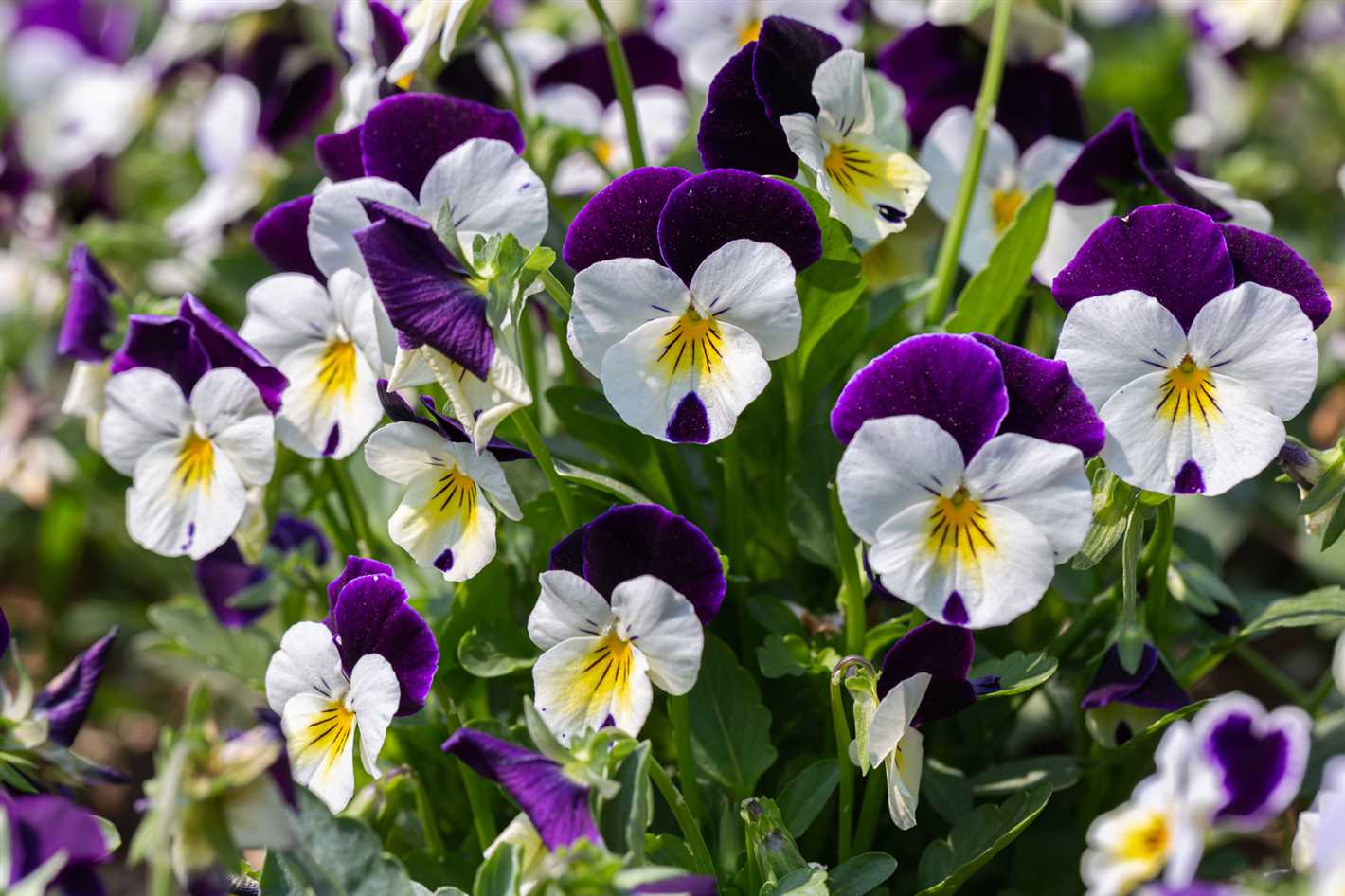
To ensure even exposure to light, rotate the containers or trays with the seeds regularly. This will prevent the plants from leaning towards the light source and promote uniform growth.
By providing adequate light for gatsania, viola, and begonia seeds, you can ensure healthy germination and development. Remember to balance natural and artificial light, monitor light intensity, maintain consistency, and rotate the plants for optimal results.
Fertilizing tips for gatsania, viola, and begonia seeds
Proper fertilization is essential for healthy growth and development of gatsania, viola, and begonia seeds. Here are some fertilizing tips to help you achieve optimal results:
1. Choose the right fertilizer
When selecting a fertilizer for gatsania, viola, and begonia seeds, it is important to choose a product that is specifically formulated for seedlings or young plants. Look for a balanced fertilizer with a ratio of nitrogen (N), phosphorus (P), and potassium (K) listed on the package, such as 10-10-10 or 20-20-20.
2. Follow the instructions
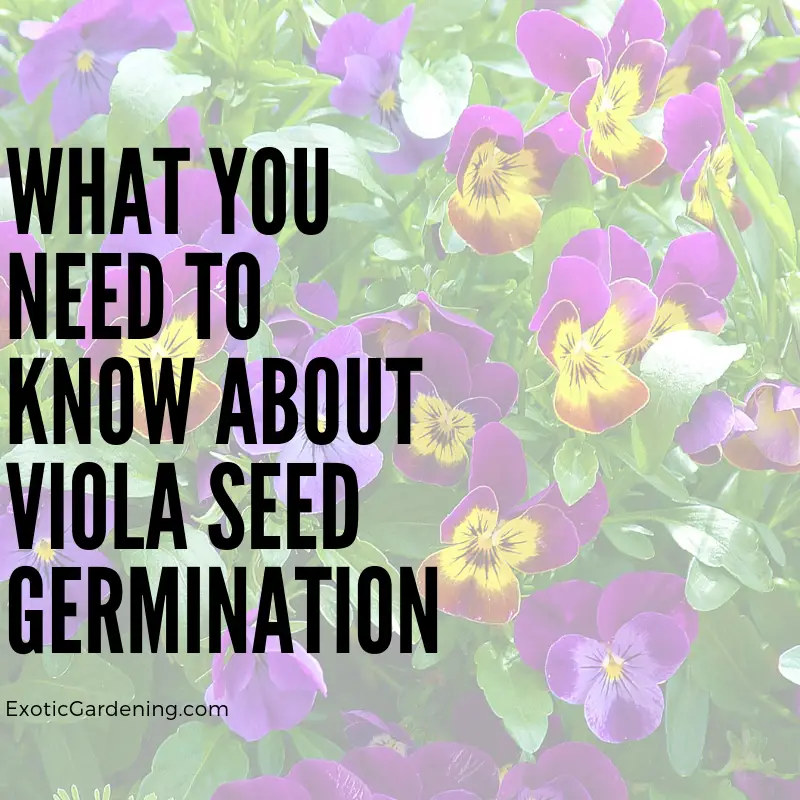
Always follow the instructions provided on the fertilizer package for application rates and frequency. Over-fertilization can be harmful to the seeds, so it is important to apply the fertilizer according to the recommended dosage.
3. Start fertilizing after germination
Wait until the seeds have germinated and developed their first true leaves before applying fertilizer. This usually takes around 2-3 weeks, depending on the specific plant species.
4. Apply fertilizer evenly
Evenly distribute the fertilizer around the seedlings, taking care not to place it directly on the stems or leaves. This helps to prevent burning and ensures that all plants receive an equal amount of nutrients.
5. Water after fertilizing
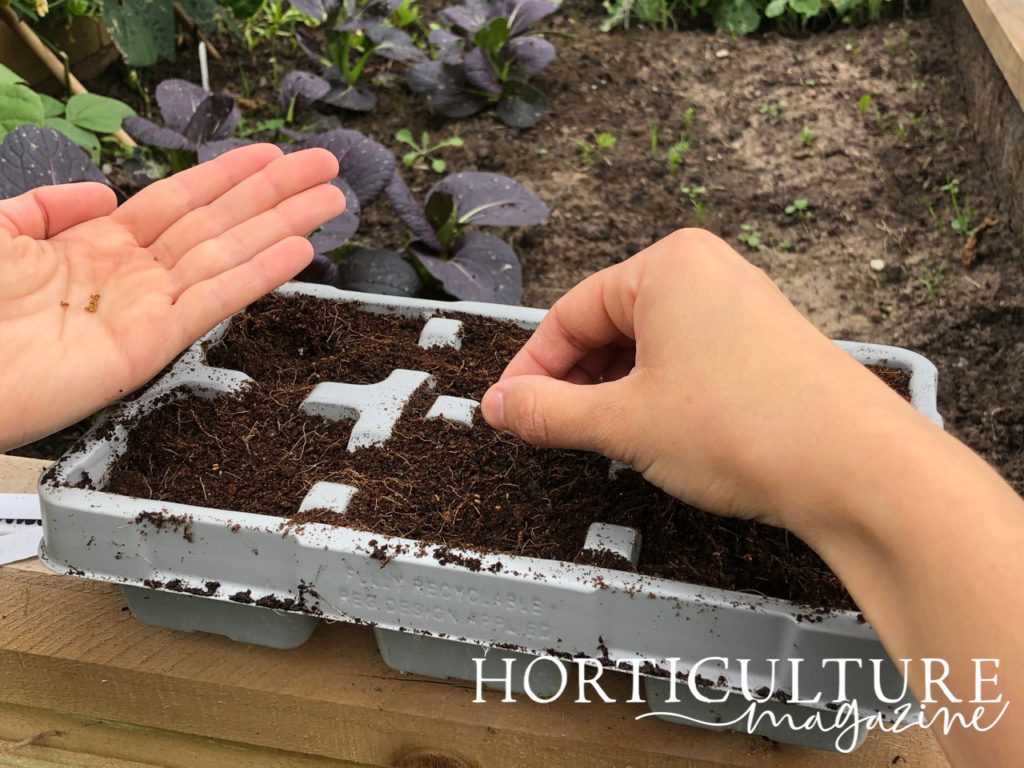
After applying the fertilizer, water the plants thoroughly to allow the nutrients to penetrate the soil and reach the roots. This also helps to prevent the fertilizer from sitting on the surface, which can cause damage to the plants.
6. Adjust fertilization as plants grow
As the gatsania, viola, and begonia plants grow, their nutrient requirements may change. Monitor the plants closely and adjust the fertilizer application as needed to maintain healthy growth.
- For gatsania, viola, and begonia seeds, use a balanced fertilizer with a ratio of NPK listed on the package.
- Apply the fertilizer according to the instructions provided on the package.
- Start fertilizing after germination and the development of the first true leaves.
- Evenly distribute the fertilizer around the seedlings without touching the stems or leaves.
- Water the plants after fertilizing to allow the nutrients to penetrate the soil.
- Adjust the fertilization as the plants grow to meet their changing nutrient requirements.
Pest control for gatsania, viola and begonia seeds
When sowing gatsania, viola, and begonia seeds, it is important to take precautions against common pests that can damage or destroy the seeds. Here are some pest control measures you can take to protect your seeds:
1. Remove debris and weeds:
Before sowing the seeds, clear the area of any debris or weeds that may harbor pests. This will help reduce the chances of pests finding their way to your seeds.
2. Choose a proper location:
Select a location for sowing the seeds that is less prone to pest infestation. Avoid areas that are known to have high pest activity, such as near garbage cans or stagnant water sources.
3. Use row covers:
Row covers are a great way to physically protect your seeds from pests. They create a barrier that prevents pests from reaching the seeds while still allowing air, light, and water to pass through. Make sure to secure the row covers tightly to prevent any gaps that pests could sneak through.
4. Practice crop rotation:
Rotate your crops each year to break the cycle of pests that may be specific to certain plants. By planting different types of plants each year, you can reduce the build-up of pests that target gatsania, viola, and begonia seeds.
5. Monitor and identify pests:
Regularly inspect your plants for any signs of pest activity. Look for chewed leaves, holes in the soil, or visible pests. Identify the specific pests you are dealing with to determine the most effective control methods.
6. Use organic pest control methods:
Consider using organic pest control methods such as insecticidal soaps, neem oil, or biological controls like parasitic wasps or nematodes. These methods are less harmful to the environment and can effectively control many common pests.
7. Maintain proper watering and fertilization:
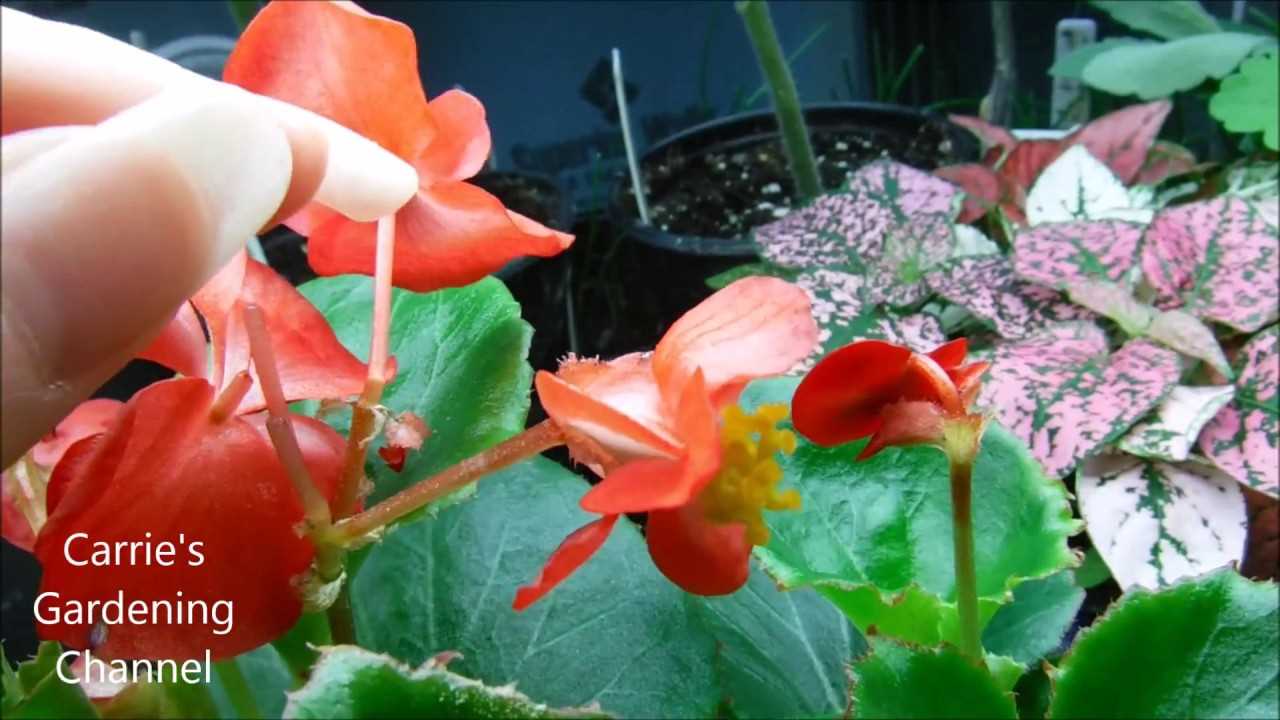
Healthy, well-nourished plants are better able to withstand pest attacks. Follow proper watering and fertilization practices to ensure your plants are in optimal condition, making them less susceptible to pests.
8. Keep the garden clean:
Regularly remove any fallen leaves, dead plants, or other organic matter from the garden. This can provide hiding places for pests and increase the risk of infestation.
By taking these pest control measures, you can help protect your gatsania, viola, and begonia seeds from common pests and increase your chances of successful germination and growth.
Transplanting gatsania, viola and begonia seedlings
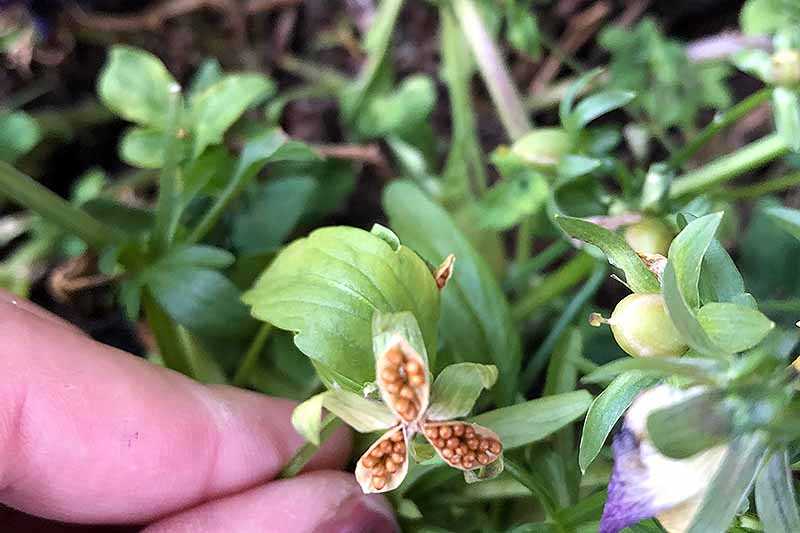
Transplanting seedlings is an important step in the growth process of gatsania, viola, and begonia plants. The seedlings need to be transplanted into individual pots or outdoor beds to provide them with more space to grow and thrive. Here are some steps to follow when transplanting these seedlings:
Choosing the right time for transplanting
It is important to choose the right time to transplant the seedlings. Generally, seedlings should be transplanted when they have at least two true leaves and are strong enough to withstand the transplant shock. Avoid transplanting during extreme weather conditions, such as hot summers or freezing winters.
Preparing the transplanting site
Prepare the transplanting site by providing well-draining soil with good fertility. Remove any weeds or debris from the area and ensure that the soil is loosened and enriched with organic matter. This will help the seedlings establish well in their new location.
Transplanting the seedlings
- Carefully remove the seedlings from their nursery containers, taking care not to damage the delicate roots.
- Make a hole in the transplanting site that is deep enough to accommodate the root system of the seedling.
- Place the seedling into the hole and gently fill in the soil around the roots, ensuring that the seedling is planted at the same depth it was growing previously.
- Press down lightly on the soil to ensure good contact with the roots and eliminate air pockets.
- Water the newly transplanted seedlings thoroughly, ensuring that the soil is evenly moist.
Caring for the transplanted seedlings
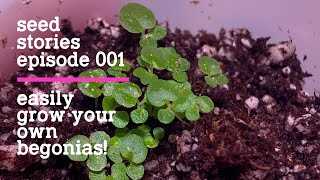
After transplanting, it is important to provide proper care to the seedlings to promote their growth and survival. Here are some care tips:
- Place the transplanted seedlings in a location that receives the appropriate amount of sunlight for the specific plant species.
- Water the seedlings regularly, keeping the soil evenly moist but not waterlogged.
- Protect the seedlings from extreme weather conditions, such as strong winds or heavy rain, by using stakes, netting, or other forms of protection.
- Monitor the seedlings for any signs of pests or diseases and take appropriate action if necessary.
By following these transplanting and care guidelines, you can help ensure the successful growth and development of your gatsania, viola, and begonia seedlings.
Questions and Answers:
What is the proper depth for sowing gazania seeds?
The proper depth for sowing gazania seeds is about 1/8 inch deep.
How deep should I sow viola seeds?
Viola seeds should be sown at a depth of 1/4 inch.
What is the recommended depth for sowing begonia seeds?
It is recommended to sow begonia seeds at a depth of 1/16 inch.
Is it necessary to cover gazania seeds with soil?
Yes, gazania seeds should be lightly covered with soil to ensure proper germination.
Should I press viola seeds into the soil?
Yes, viola seeds should be pressed lightly into the soil to ensure good contact and optimal germination.
Do begonia seeds require light to germinate?
Yes, begonia seeds require light to germinate, so they should not be covered with soil.
Can I sow gazania, viola, and begonia seeds at the same depth?
No, each of these seeds has a different recommended sowing depth. Gazania seeds should be sown at 1/8 inch, viola seeds at 1/4 inch, and begonia seeds at 1/16 inch.







